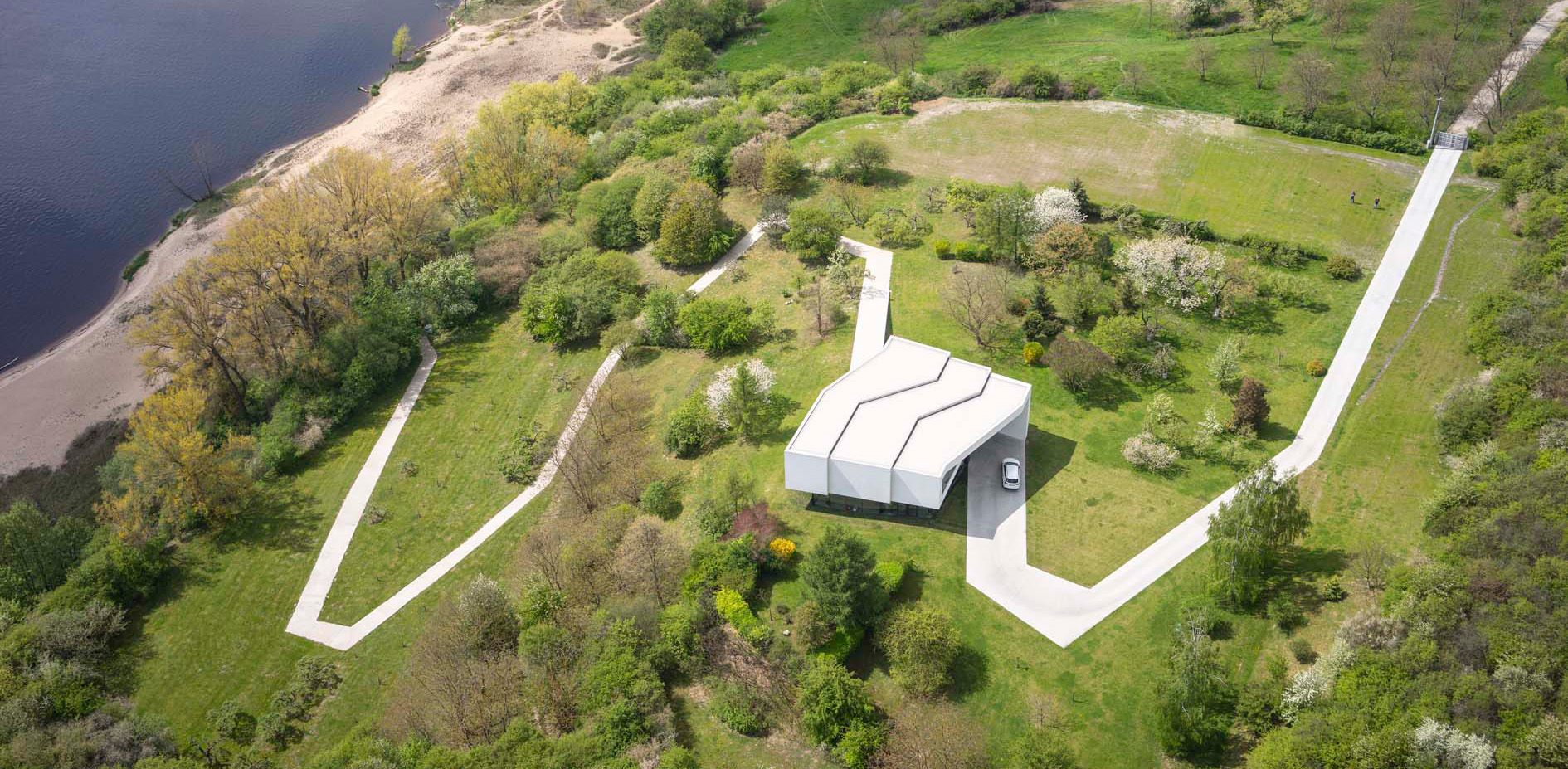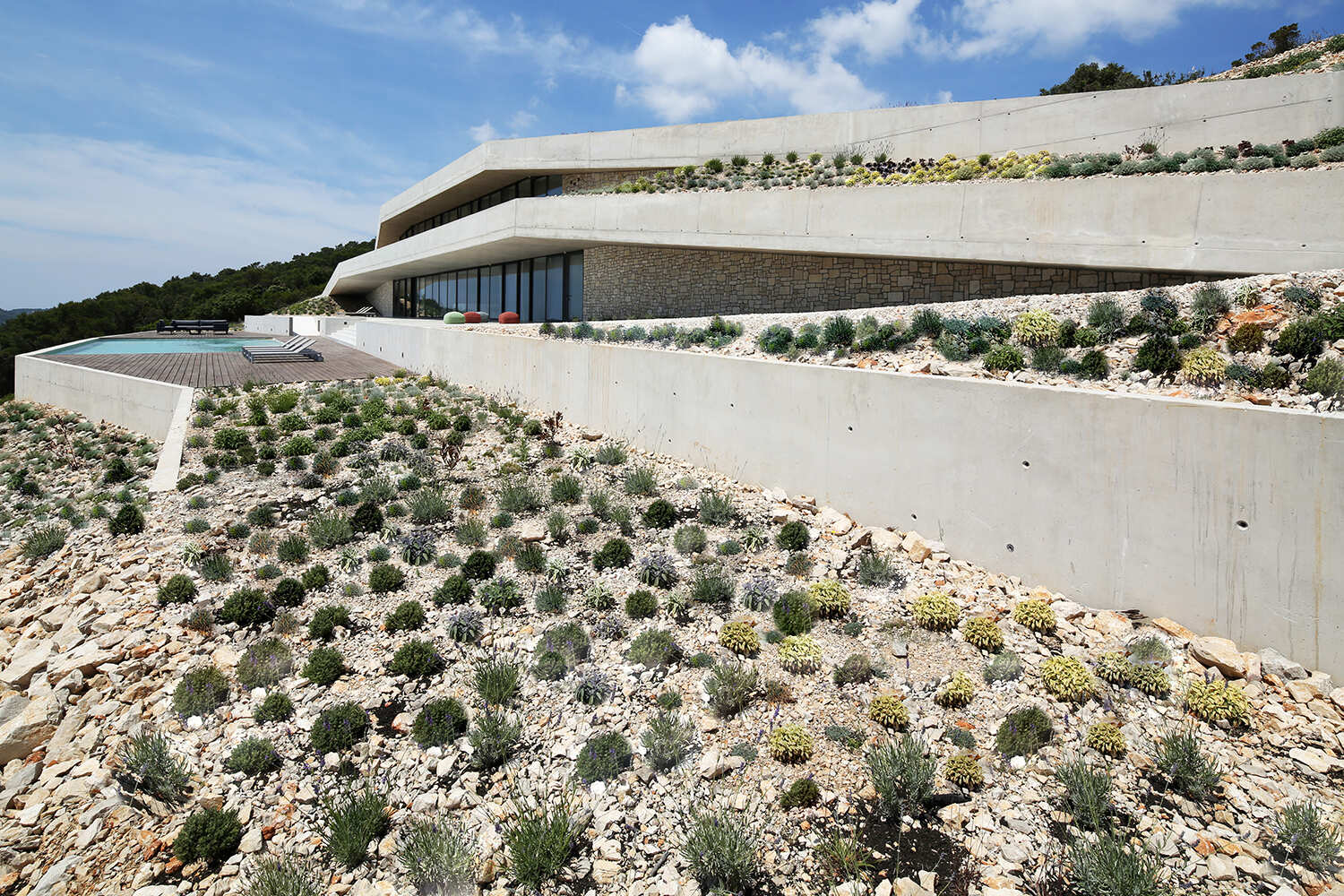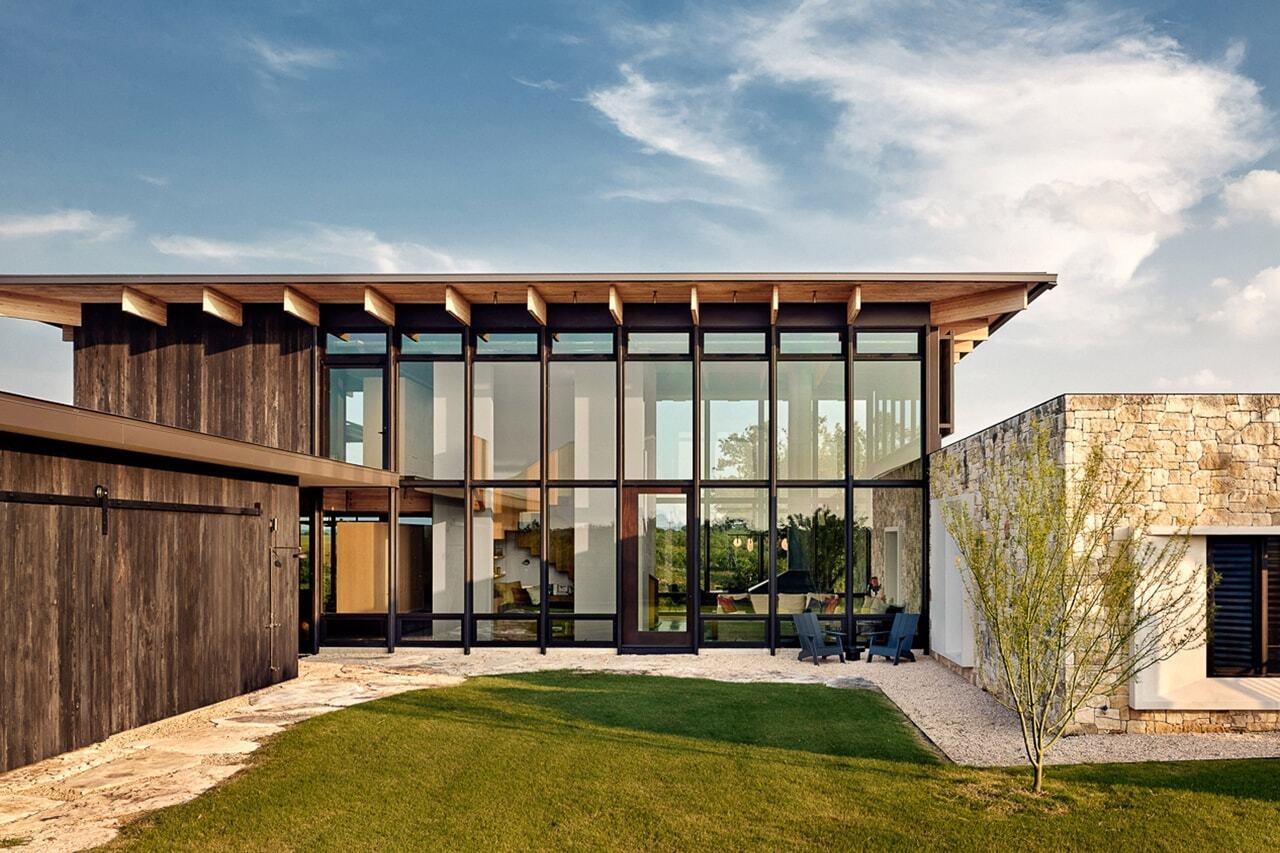Adaptively reused factory among projects from Virginia Commonwealth University


Dezeen School Shows: social housing in an adaptively reused factory is among the interior design projects from Virginia Commonwealth University.
Also featured is a library designed to support students' mental health and a community hub for immigrants in Virginia, USA.
Virginia Commonwealth University
Institution: Virginia Commonwealth University
School: Department of Interior Design
Courses: IDES 401 Senior Interior Design Studio II and IDES 699: Research: Creative Thesis
Tutors: IDES 401: Laura Battaglia, Kristin Carleton, Jessie Gemmer and Seung-Ho Lee; IDES 699: Roberto Ventura
School statement:
"IDES 401 and 699 are the culminations of an independently driven final year in our undergraduate and graduate programmes.
"In the fall of this sequence, students formulate design explorations and justify them with qualitative and quantitative scholarship about issues critical to interior design and to an engaged and progressive interior designer.
"Programming – either data driven or philosophically based – and site documentation round out this study. Relevance to the community, discipline and designer are key aspects of these formulations.
"In the spring of this year, students work with faculty to develop design responses to their scholarship and documentation.
"The resultants may take many forms, but all are rooted in personal explorations and expressions of how people interact with – and within – interior space and each other to promote a better and stronger community."

Guiding Gestures by Cassie Grimes
"How can you learn to intentionally observe your surroundings? Guiding Gestures responds to this question in the form of a gallery inspired by the practice of figure drawing.
"Figure drawing is a highly observational and grounding act that compels its creator to engage with a subject in great detail. This thesis explores methods for translating these qualities into a space that leads visitors toward a new frame of mind.
"Through moments of connection, light and shadow, distortion and parts of a whole, the space is composed into a narrative of observation that connects people to their surroundings."
Student: Cassie Grimes
Course: IDES 401
Tutor: Jessie Gemmer
Email: grimesc[at]vcu.edu

The facade of perfection by Hailie Burbidge
"Taking form as an abstract multipurpose space, this thesis attempts to disrupt the rigidity of perfectionism through an exploration of spatial contradiction.
"Upon entry, obstructive facades and unresolved circulation paths will fracture the aligned relationship between expectation and lived experience, cultivating a physical and psychological turning point in which peripheral perspectives are realised.
"To access the true nature of the spatial environment, users must abandon conformity and manipulate seemingly stable forms with newfound agency, grounding visitors into the creative potential of the present moment.
"As structural elements spanning several stories shift, users will indirectly control and be controlled by the experience of others.
"Conflicts of interest in layout and programme will cultivate an endless fluctuation of circulation paths, levels of accessibility and instances of light, creating a chaotic environment of uncertainty and overlapping perspectives."
Student: Hailie Burbidge
Course: IDES 401
Tutor: Jessie Gemmer
Email: burbidgeh[at]vcu.edu

Patchworks by Emily R Minnix
"Patchworks is a reimagined model of transitional housing created to support foster youth as they age out of the system and enter adulthood.
"This project responds to the urgent need for stability, community and care during a time when many young people face housing insecurity and lack of support.
"Rooted with trauma-informed and inclusive design principles, Patchworks is more than just a place to live, it's a space of healing, empowerment and growth.
"The environment includes a mix of private living quarters and flexible communal spaces that encourage connection, independence and personal development.
"Support services are integrated into the design to ensure residents have access to resources they need to thrive.
"Inspired by the symbolism of a quilt, Patchworks brings together diverse backgrounds and experiences into a cohesive and supportive environment.
"It is a place where young adults can begin to build the life they deserve, with care and intention."
Student: Emily R Minnix
Course: IDES 401
Tutor: Kristin Carleton
Email: emilyminnix.r[at]gmail.com

Mẹ Còn Muốn Đi Về by Sally Nguyen
"Mẹ Còn Muốn Đi Về proposes a multi-functional community hub to support newcomers settling in Richmond, Virginia.
"Rooted in my family's journey as Vietnamese refugees, the project explores how spatial storytelling can honour cultural memory and ease the challenges of resettlement.
"To guide concept development, I created collages using family photographs, handwritten recipes and drawings from my grandfather's sketchbook – visual narratives that evolved into watercolour studies representing casual, celebratory and immersive dining.
"These studies translated memory into material expression through colour, texture and light. Further exploration through layered light-box models demonstrated how patterns could modulate density and shadow, informing facade and interior treatments.
"Anchored in cultural affirmation, the space includes a cafe/bar, flexible lounge and resource access for language, employment and housing support.
"Designed as a 'third place', the project uses light and pattern to foster comfort, continuity and connection for displaced communities navigating new beginnings."
Student: Sally Nguyen
Course: IDES 401
Tutor: Laura Battaglia
Email: sallynguyen.contact[at]gmail.com

The Architetcural Design of the Human Body and its Cells: Parallels and Influences in Design by Yara Jaff
"This thesis investigates how biodegradable materials derived from organic household waste – such as eggshells, walnut shells and starch – can be transformed into innovative architectural elements that embody the body's natural cycles of healing, decay and regeneration.
"Inspired by my grandparents' journeys with chronic illness, this research explores how discarded, fragile materials can metaphorically and physically reflect the resilience and vulnerability of human cells – the smallest scale to work with in design and architecture.
"The material demonstrates structural integrity while embodying symbolism: delicate yet durable, transient yet enduring.
"Suitable for use as flooring, wall panels, furniture surfaces or decorative accents, this work challenges architecture's dependence on permanence and proposes a living material system – one that, like us, shows its age, forms scars and demands care.
"Rather than being discarded, it can be restored. Through this lens, sustainability becomes an act of maintenance, empathy and lasting connection between body, time and design."
Student: Yara Jaff
Course: IDES 401
Tutor: Kristin Carleton
Email: yjaff924[at]gmail.com

Civic Conservation Workshop by Maddie Bean
"The Civic Conservation Workshop is a community-centred design initiative that transforms a historic building in Richmond's Jackson Ward into a dynamic hub for preservation, making and civic engagement.
"Rooted in the ideals of democratic space-making, the project fosters public access to tools, materials and knowledge related to architectural restoration and sustainable building practices.
"It blends the hands-on ethos of a workshop with the educational mission of a civic institution, offering spaces for fabrication, training, learning, discussion and exhibition.
"The design concept draws inspiration from Jackson Ward's legacy of resilience and craftsmanship, reinterpreting historic forms and materials through a contemporary lens.
"By activating a historically significant site with inclusive, participatory programming, the workshop becomes a living resource – empowering community members to both preserve and shape the built environment around them."
Student: Maddie Bean
Course: IDES 699
Tutor: Roberto Ventura
Email: beanscot[at]gmail.com

Dogs Chase Cars by Rian Casey Escueta
"Dogs Chase Cars seeks to explore ways in which design can help us connect our interior selves to the exterior world around us.
"Design is an image-making process in which representations and visualisations of the interior self are created and brought to the world to the exterior.
"The project thus asks 'how can design be used to affect the proximity of the self to space?'
"Using my father's home in Olongapo City, Philippines, as the design site, Dogs Chase Cars bridges the gap between myself and my family's culture.
"Through the design process, we abstract further away from our initial points of contact in an endless pursuit to connect our truest selves into the spaces we create."
Student: Rian Casey Escueta
Course: IDES 401
Tutor: Seung-Ho Lee

Wayside by Em Medina
"The truest sense of interior exists within our intimate definitions of self. Though the self holds no physical form, it manifests in the body.
"In nervous gestures and subtle mannerisms, we give glimpses into our interior. Therefore, the body must function as both a vessel for and threshold to the self in the physical world.
"The body allows for a reciprocal exchange between the other (the exterior) and the self (the interior), through the engagement of senses and our connection to time and memory.
"Wayside crafts an experience of wandering through nature that parallels the lived experience of self discovery.
"The self, the body and the other take physical form as a site specific monument.
"Following the unique topography with reverence, the body exists as an undulating rammed earth wall hugging the cliffside, holding the other steady.
"Within the wall's protective embrace exists the self – a deep reflecting pool centred beneath the trees."
Student: Em Medina
Course: IDES 401
Tutor: Seung-Ho Lee
Email: medinael[at]vcu.edu

Strata: Layered Support Through Community, Resources and Design by Jenna M Sawyer
"Strata reimagines transitional housing as a layered, responsive ecosystem that supports the holistic wellbeing of individuals experiencing housing insecurity.
"Inspired by the vertical structure of a forest canopy, the design integrates biophillic principles, trauma-informed strategies and sustainable practices to create a dignified, inclusive environment.
"Located in the historic Sauer's Factory in Richmond, Virginia, the project leverages adaptive reuse to ground the building in local context while addressing systemic gaps in supportive housing.
"Public amenities, such as a hygiene centre, cafe, learning spaces and a free store, encourage community integration and reduce stigma, while flexible private units and calming retreat spaces promote autonomy and healing.
"Rooted in equity, wellness and environmental stewardship, Strata demonstrates how interior design can be a transformative tool for resilience, recovery and connection."
Student: Jenna M Sawyer
Course: IDES 699
Tutor: Roberto Ventura
Email: sawyerjm3[at]vcu.edu

Space for the Mind by Ana Chanduvi
"Space for the Mind reimagines two underutilised rooms located on the third floor of VCU's Cabell Library as spaces that support mental health for students through design.
"The project introduces environments that are both calming and therapeutic into daily academic life. In one space, The Canvas Commons, functions as a creative therapy studio with chalkboard walls, canvas stations and casual lounge zones to encourage informal expression and emotional release through art.
"The second space offers a quiet, flexible setting for meditation, group sessions and decompression.
"Both rooms prioritise openness, comfort and accessibility, offering students the opportunity to reflect and connect in an academic setting in the heart of campus.
"By integrating mental wellness into a centred space in academic environments, the project highlights a more approachable way of addressing mental health support."
Student: Ana Chanduvi
Course: IDES 401
Tutor: Laura Battaglia
Email: amchanduvi[at]gmail.com
Partnership content
This school show is a partnership between Dezeen and Virginia Commonwealth University. Find out more about Dezeen partnership content here.
The post Adaptively reused factory among projects from Virginia Commonwealth University appeared first on Dezeen.



















































